In the 1980s, if you played games at home, you owned an NES; if you knew someone who played games at home, they owned an NES too. Everybody could share games and experiences with one another, and the world existed in peace and happiness. And then, in 1989, the Sega Genesis arrived—and war began. The line was drawn—Nintendo on one side, Sega on the other—and best friends you once gamed together with were now mortal foes flying the flag of the enemy as the “16-Bit Wars” raged on.
I never expected those old feelings of “us versus them” to come back as strongly as they have in recent years. Sega, you see, has had a bad habit of licensing out the rights to its back catalog of consoles and games to seemingly any company that asked, resulting in some absolutely awful Genesis reproductions and all-in-one units over the years. Nintendo, meanwhile, was smart to avoid sullying its historic library in those ways—and when it did finally enter the plug-and-play segment with its NES Classic Edition and SNES Classic Edition, they came directly from Nintendo itself.
So, imagine the horror of longtime Genesis fans like myself when Sega, a few years ago, announced its own Genesis Mini—along with the news that the system would yet again be hardware put together by an outside company. Thankfully, Sega heard the complaints, and put the project on hold to rethink its direction.
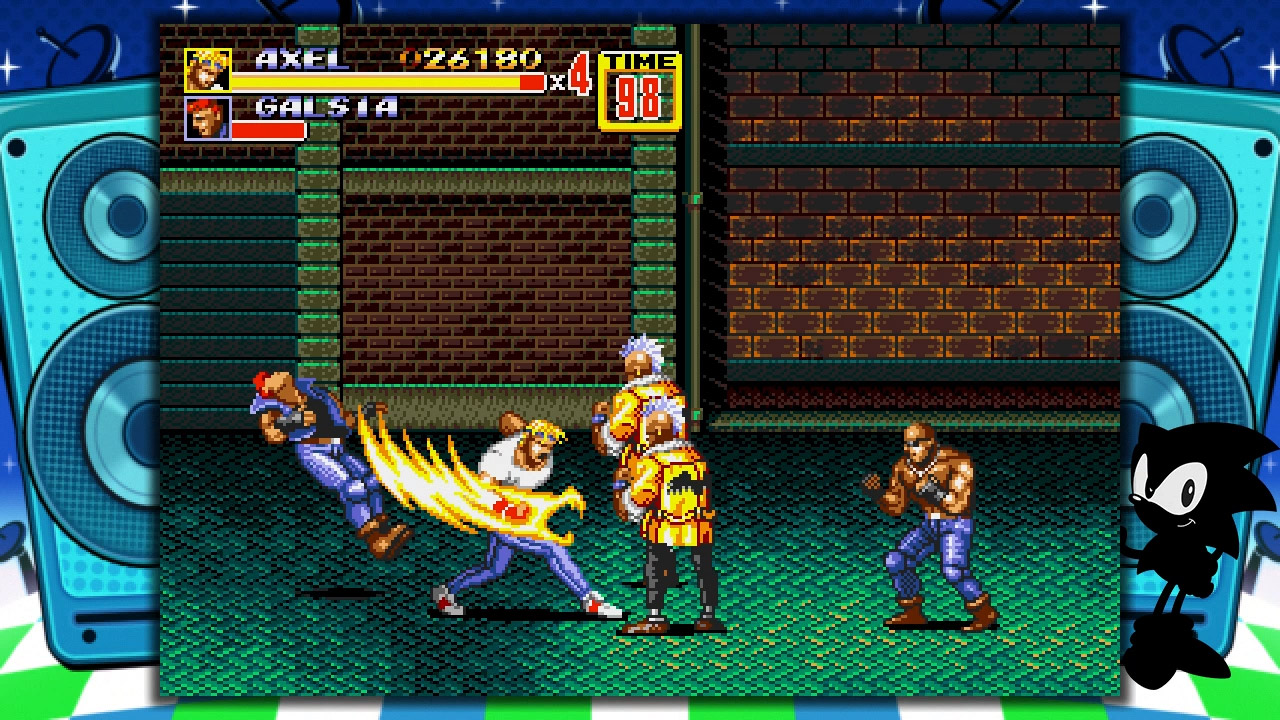
The result of that rethink is the Sega Genesis Mini. Right from the start, the care that’s gone into the project is clear from the physical unit itself. Sure, it looks like a Genesis hit with a shrink ray as you’d expect, but there are a number of little touches people might not appreciate right away. Along with functional power and reset buttons, there’s a mock headphone slider to replicate one of the Genesis’ more unique aspects, a cartridge slot that opens and closes, and an expansion port cover that you can actually remove (to reveal nothing). The “High Definition Graphics” label is even intact, just as it was on the original (and best) Genesis model. To show just how much thought was put into the Mini’s aesthetics, there’s even an accessory kit coming out in Japan that lets you add a replica Sega CD, 32X, Sonic & Knuckles expansion cart, and copy of Sonic 2 to the unit.
Really, though, it’s about the games inside that plastic shell, and the Sega Genesis Mini turned out fantastic in that regard. Mostly. Just to recap, here are the 42 games that come installed on the Genesis Mini:
- Alex Kidd in the Enchanted Castle
- Alisia Dragoon
- Altered Beast
- Beyond Oasis
- Castle of Illusion Starring Mickey Mouse
- Castlevania: Bloodlines
- Columns
- Comix Zone
- Contra: Hard Corps
- Darius
- Dr. Robotnik’s Mean Bean Machine
- Dynamite Headdy
- Earthworm Jim
- Ecco the Dolphin
- Eternal Champions
- Ghouls ‘n Ghosts
- Golden Axe
- Gunstar Heroes
- Kid Chameleon
- Landstalker
- Light Crusader
- Mega Man: The Wily Wars
- Monster World IV
- Phantasy Star IV: The End of the Millennium
- Road Rash II
- Shining Force
- Shinobi III
- Sonic The Hedgehog
- Sonic The Hedgehog 2
- Sonic The Hedgehog Spinball
- Space Harrier 2
- Street Fighter II’: Special Champion Edition
- Streets of Rage 2
- Strider
- Super Fantasy Zone
- Tetris
- Thunder Force III
- ToeJam & Earl
- VectorMan
- Virtua Fighter 2
- Wonder Boy in Monster World
- World of Illusion Starring Mickey Mouse and Donald Duck
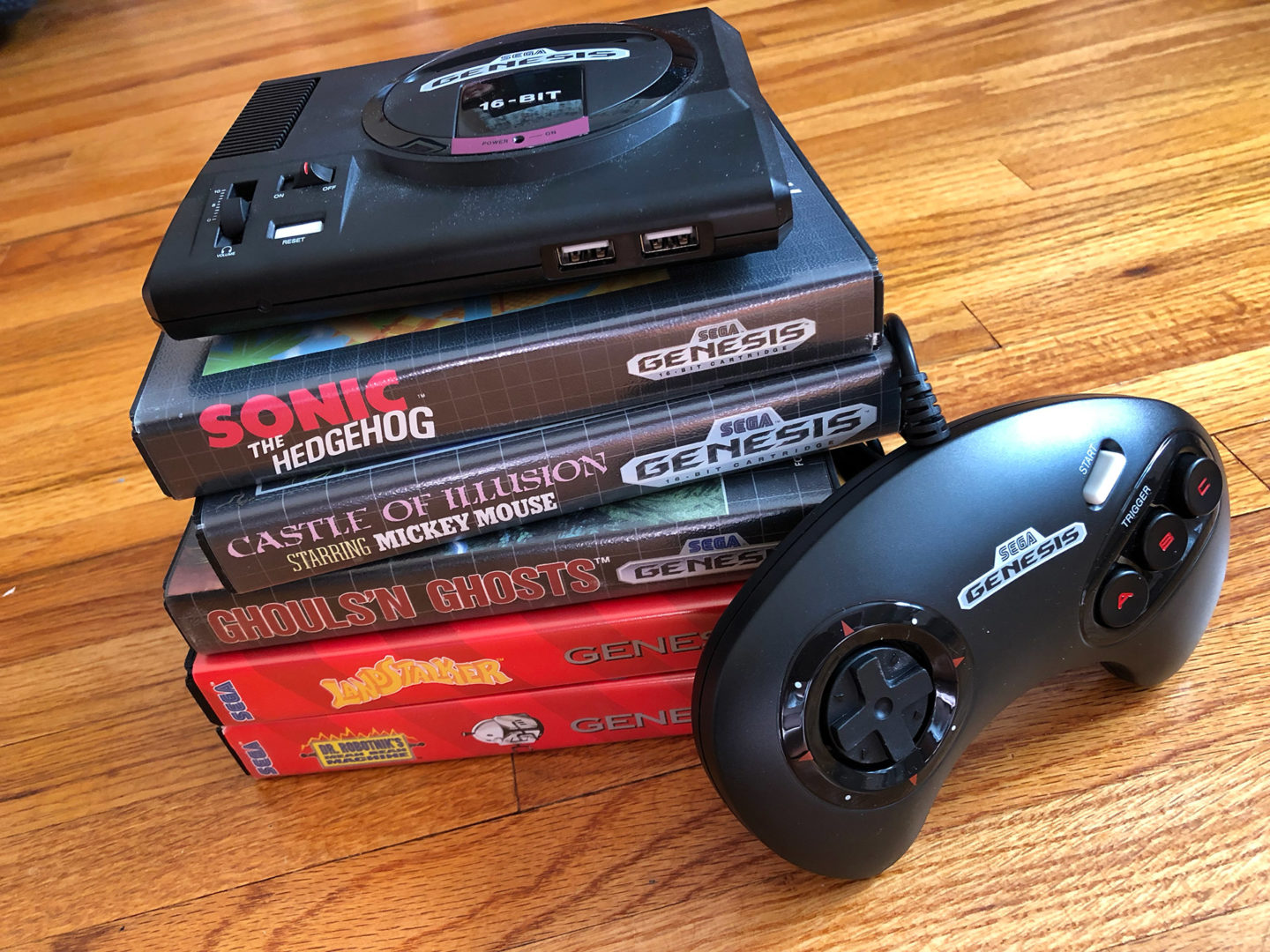
Nobody is ever going to be completely happy with the game lists on devices such as this, and for me personally, the North American selection of titles isn’t quite as exciting as the incredibly eclectic Japanese list. Both of those things said, I’m genuinely impressed with the choices Sega made here. Given that the Genesis was a huge consumer hit here in the States, we could easily have seen a selection of games that was all about making the casual player happy. And yet, the Genesis Mini brings some nice surprises, including more hardcore (and now extremely costly) releases such as Contra Hard Corps and Castlevania Bloodlines, more niche hits like Alisia Dragoon and Light Crusader, and even games that never had a proper North American release in Monster World IV and Mega Man: The Wily Wars.
We then get two bonus goodies in Darius and Tetris. With Darius never actually having come out for the Genesis, the version included here comes from Hideki “hidecade” Konishi, a fan who basically set out to program his own version of the game. Tetris, meanwhile, is a very interesting story. The original arcade port of Tetris on the Sega Mega Drive (Japan’s equivalent of the Genesis) got caught up in a rights disagreement, and it’s thought that only 10 copies of the game ended up in people’s hands. The thing is, while those copies can now fetch tens of thousands of dollars, the port wasn’t actually all that great. So, the version of Tetris we get here is an all-new port of the game by M2 (more on them in a moment).
Really, there are only a few weak spots on the Genesis Mini’s library. Yes, I know Altered Beast was originally a pack-in for the Genesis, because that’s the game I got when my mom bought me the system at launch. It blew me away at the time; now, however, it’s mediocre at best. As much as I love the original Space Harrier, its sequel is far from a classic. And then we get to Virtua Fighter 2, whose value is little beyond the curiosity factor of this bizarre port. Looking at some of the games other regions are getting, had you kicked those three games off, and given us Alien Solider, MUSHA, and The Revenge of Shinobi instead, the system would have been a powerhouse of 16-bit goodness. (Or, let me really dream, and ask for Herzog Zwei or the M2-developed Gauntlet IV.) Still, don’t let me come off as negative here: A majority of the choices are good ones, and this is a fantastic selection of beloved classics, infamous hardcore hits, and titles that would otherwise be hard or costly to own.
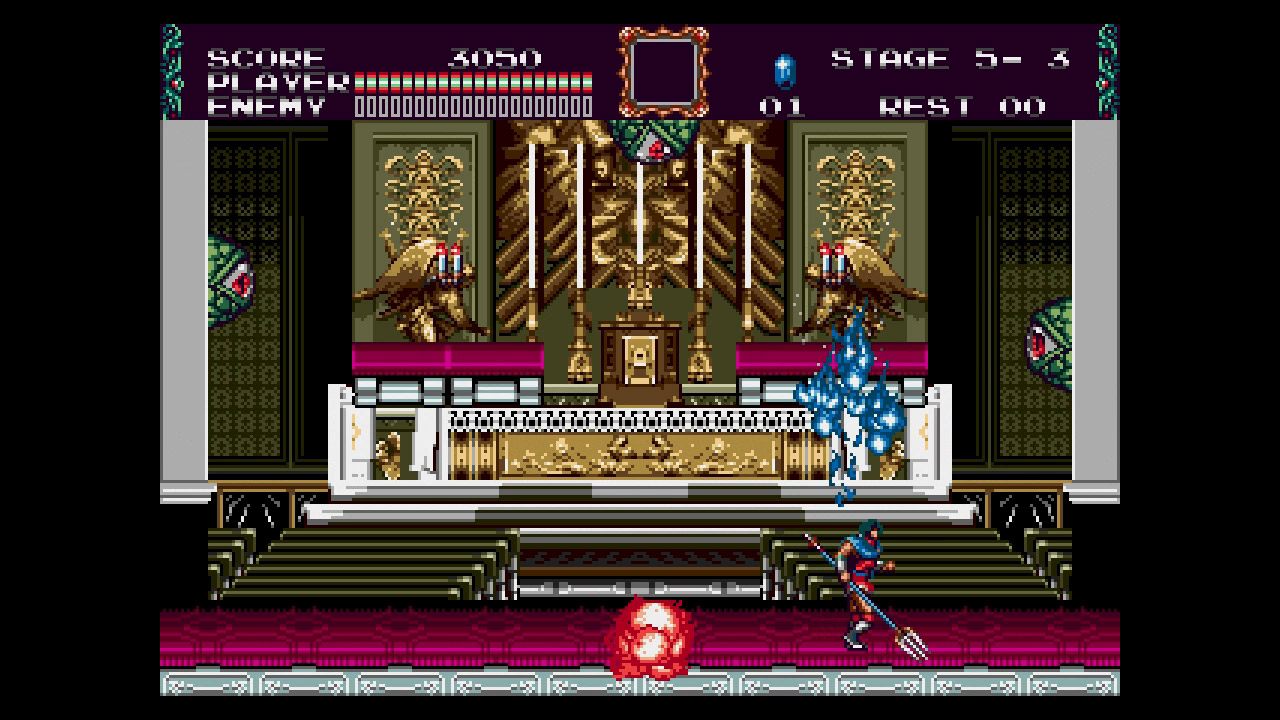
Bringing all of those games to life are the skills and software of M2, a Japanese studio now legendary for its ability to revive or remake older video games. M2 was the company many like me hoped would end up heading up the Genesis Mini, and the reason why now shows when playing the system. The emulation quality is pretty fantastic, with games looking and sounding extremely close to what you’d remember from back in the day. (Or even better, given we can now play through HDMI, instead of the mess that was composite video.) For a lot of players, the experience will feel perfect, no matter if it’s during the fast action of Streets of Rage 2 and Sonic the Hedgehog, or when digging into adventures like Phantasy Star IV and Shining Force. Saying that the Genesis Mini is the best of these type of devices we’ve ever received for a Sega console is a no-brainer, but I’d go so far as saying that it also bests the efforts we saw in the NES and SNES Classic Editions—but it’s up to you to decide if that’s my bias talking.
You’ll notice that I keep shying away from saying that M2’s emulation for the Mini is perfect, and that’s because there’s one area where it isn’t: audio. The Genesis is notorious for having audio that can be a pain when trying to emulate either the hardware or software, and when playing games on the Mini, I noticed some slight lag between some actions and their corresponding audio. (A good example of this is audio cues associated with firing projectiles.) Yes, this is a blemish on the Genesis Mini’s attempt to fully replicate the experience of the original console, and there will be some people out there who will find the audio lag instantly noticeable. However, I can say with a lot of confidence that most will probably never notice. When I said the amount of lag is slight, it’s slight, and if you stop trying to find it, it’s easy to forget that it’s there.
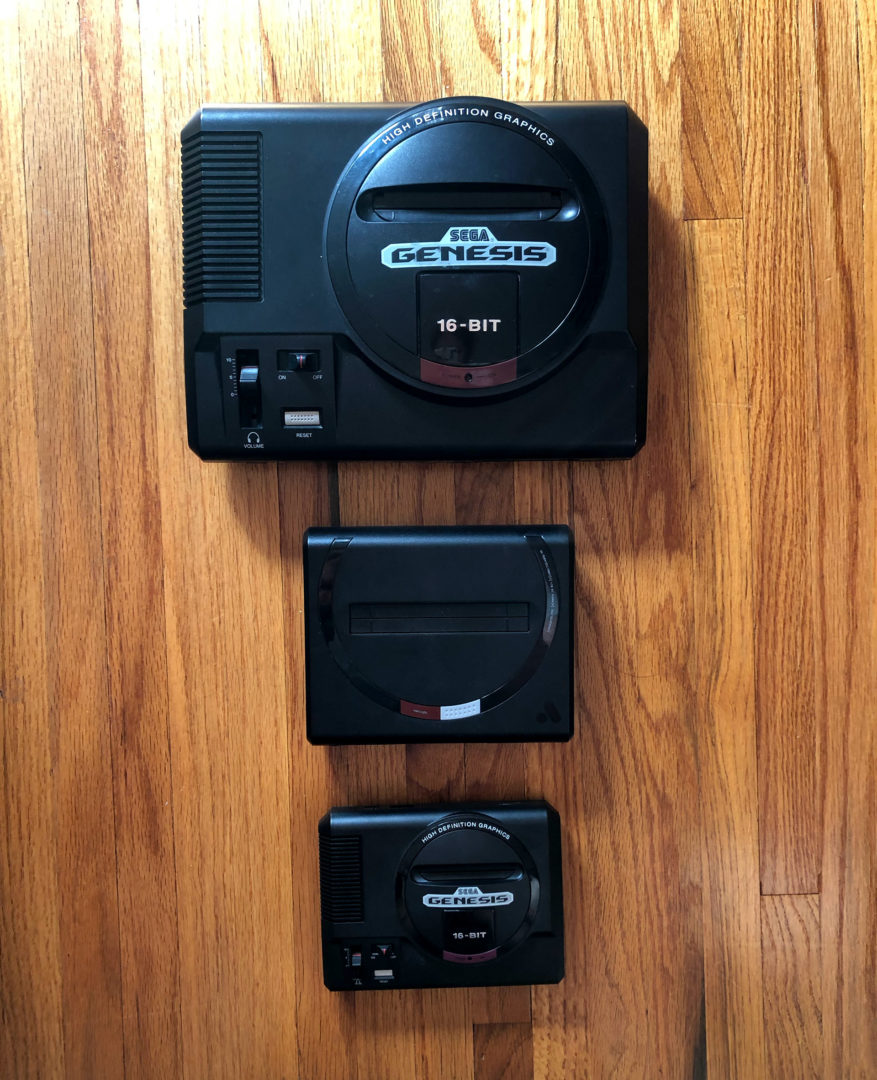
From any other company, the audio lag issue would just be par for the course, but with M2, it’s easy to come in with high—potentially too high—expectations. The burden of the team’s reputation also affects the overall system and the work that’s gone into elements like UI and options. The Genesis Mini is a great experience, with a fast, easy to navigate main menu, proper sorting filters (by name, release date, genre, or number of players), three different wallpaper choices, the ability to switch between original or stretched aspect ratios, and a togglable CRT filter. It’s just, I’ve become spoiled by M2’s other efforts, such as their line of Sega Ages titles. As a more casual-focused consumer product, I really shouldn’t expect options like both 4:3 and pixel perfect resolution choices, a customizable CRT filter (the default one can be a bit strong), and other such advanced options. Still, they’d be nice to have, you know?
What is included, and is very nice to have, is the ability to switch all of the games to other regional versions just by changing the Genesis Mini’s language setting. Why would you do that? Well, beyond giving a lot of the games some interesting alternate cover art, there are actual gameplay differences that come along with the region switch—such as a very helpful lifebar in Contra Hard Corps or access to the original Puyo Puyo instead of the heavily-localized Dr. Robotnik’s Mean Bean Machine when set to Japanese, or the ability to play Probotector, the all-robot conversion of Contra that was made for Germany. This is the kind of feature I wouldn’t expect on a plug-and-play system like this, but it’s a legitimately cool one that adds real value to the system.
Thanks to M2, we’ve received a Genesis Mini that is probably the best we could have hoped for, where a few small issues exist but never truly detract from the overall experience. The problem is, all of that hard work is then sabotaged somewhat by the system’s controllers.
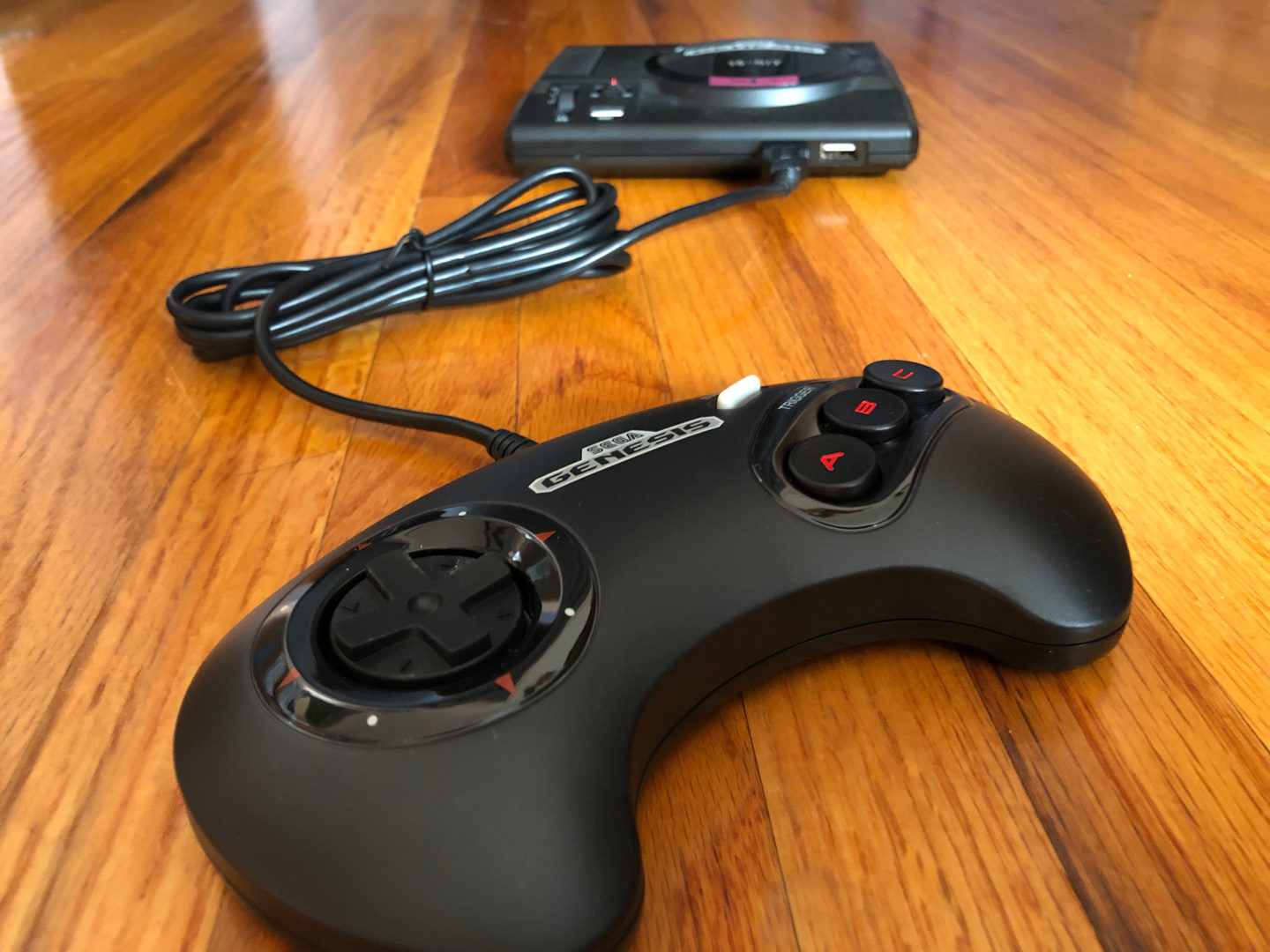
In Japan, the Mega Drive Mini includes either one or two replica 6-button controllers, depending on which bundle you buy. Here in North America, two controllers come standard, but each is based on the original 3-button pads. Nostalgia be damned: These controllers were terrible back in the day, and they’re still terrible now. Putting up with an out-of-date controller design would be one thing, but something seems to by physically wrong with the controllers produced for our run of the Mini. At E3 2019, while trying out the system at Sega’s booth, I noticed that when tapping in different directions on the homepage to look through the games, sometimes the system would read one tap as two. I wasn’t the only person to have noticed that phenomenon coming out of the show, and some wondered if there was an issue with how the main menu was reading button presses.
Unfortunately, the problem exists throughout the entire system. To test out the problem, I spent time playing both Tetris and Columns, two games where single directional presses are important for piece placement. Sure enough, sometimes the system would read me as having pressed left or right twice instead of once. I tested both controllers bundled in the unit that Sega sent me, and both gave the same results. Taking one of the controllers apart, I interacted with the rubber piece that’s responsible for hitting the contacts on the controller’s circuit board directly without the plastic D-pad between me and it, and I still had the issue occur. At this point, I’m willing to believe that it’s an issue with the controllers itself. I don’t think it’s a problem with the actual system, but it’s hard to say for sure until I have the chance to get my hands on one of the 6-button pads sold separately by Retro-Bit (or until I get the Mega Drive Mini that I ordered from Japan).
The Japanese 6-Button Controller (Updated 9/20/2019 5:57PM)
After receiving my Japanese Mega Drive Mini, I can confirm that, when using the Japanese 6-button controller on my North American Sega Genesis Mini under initial testing, I’m finding no instances of the double-tap issue. When testing out both the main menu and games such as Tetris and Columns, all of my D-pad taps—beyond those where it was my fault for pressing too long—registered as only one controller input every time, both on the main menu and in games themselves.
At that point, my assumption was that the issue was clearly with the North American 3-button controllers, and that was the end of it. However, since earlier today, I’ve heard a few conflicting stories, such as people still having the double-tap issue with both the RetroBit 6-button controller, and the Japanese 6-button controller. There are also a lot of people who are reporting no issue at all with the North American 3-button controller.
So, at this point, I’m still at a loss as to what exactly the issue is, what may cause it, and if it’s a problem on the controller side or the system side.
Now, I want to be clear: Much like the audio lag issue, this will be a problem most may never notice. Playing a majority of the games on the system, where you’re pressing and holding the D-pad versus giving it quick taps, I never had a problem playing games. Even in something like Street Fighter II: Champion Edition, with its more precise input requirements, I didn’t notice any impact on gameplay. Where this is going to show up most in on the main menu, and in the two games I mentioned before, Tetris and Columns. Is it a problem big enough that you should avoid the Mini? Absolutely not. It is, however, another blemish on a device that could otherwise have been without hardware complaints.
The thing to remember about the two flaws in the Sega Genesis Mini that I’ve brought up is that they’re not really going to affect the main groups of people who are going to be picking up the system: casual gamers, lapsed gamers, or those who had a Genesis in their youths who now want to relive those memories. If you’re like me—someone who owns a library of Genesis titles and is picky about how you play them—we already have our original consoles still in working order or have moved on to the Analogue Mega Sg. For us, the Genesis Mini will be a fun, yet slightly flawed—device that I think is legitimately worth owning for the nostalgia factor. For everyone else, it’ll be the best way to go back and relive the true king of the 16-bit era. And for Sega, and for the Genesis itself, it’s some long-awaited respect for a system that truly deserves it.
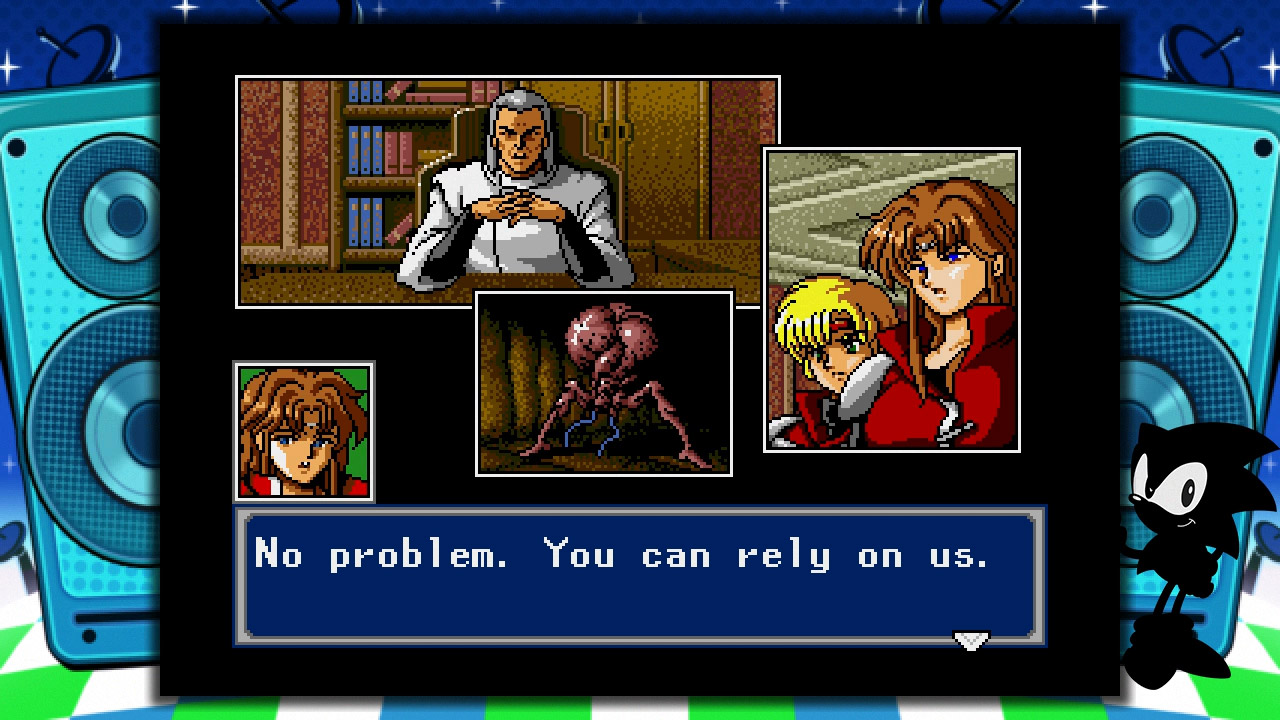
Update (9/20/2019): Clarified how I tested the controller after taking it apart.
|
★★★★☆
The promise of a perfect Sega Genesis Mini remains unfulfilled, as the system comes with some minor audio issues, an at-times unreliable controller, and a lack of some of that extra M2 polish. Still, those snags don’t keep the Genesis Mini from being one of the best classic plug-and-play consoles the market has ever seen. Hardcore fans may feel some pause when considering a purchase, but everyone else shouldn’t hesitate to jump into the hours and hours of 16-bit goodness the Genesis Mini has to offer. |
Developer M2 Publisher Sega of America ESRB T - Teen Release Date 09.19.2019 |
| Sega Genesis Mini is available on . Primary version played was for . Product was provided by Sega of America for the benefit of this coverage. EGM reviews on a scale of one to five stars. | |

Mollie got her start in games media via the crazy world of gaming fanzines, and now works at EGM with the goal of covering all of the weird Japanese and niche releases that nobody else on staff cares about. She’s active in the gaming community on a personal level, and an outspoken voice on topics such as equality in gaming, consumer rights, and good UI. Check her out on Bluesky and Mastodon.